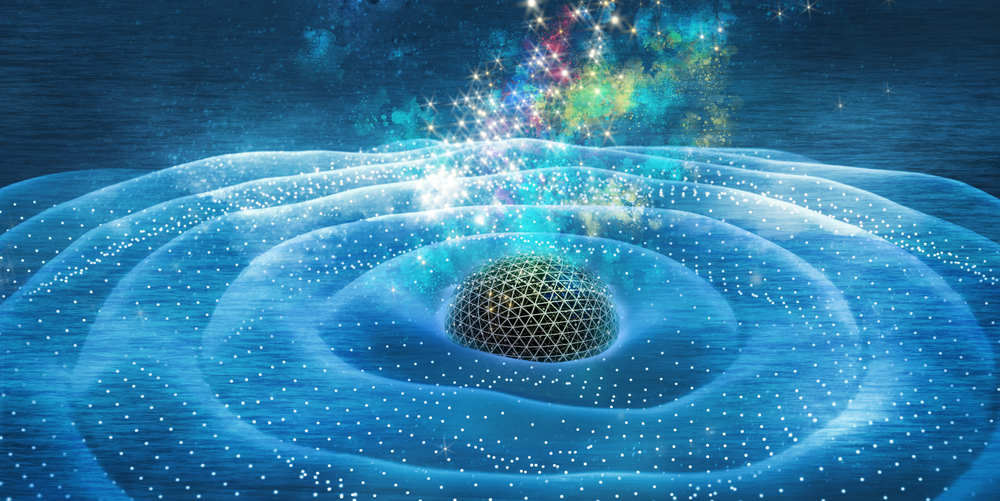The international LIGO-Virgo-KAGRA collaboration has completed its fourth and longest observational campaign, O4, marking a major milestone in gravitational wave research.
The two-year effort, from May 2023 to the end of 2025, brought together the world’s best gravitational wave detectors to continuously search for ripples in space and time, dramatically expanding the catalog of cosmic events.
During this campaign, scientists detected about 250 new gravitational wave signals. This represents a significant majority of the approximately 350 events observed to date by the worldwide network of detectors.
This surge has given O4 one of the most productive observing periods since humans first detected gravitational waves in 2015.
Gravitational waves explained
Gravitational waves are ripples in spacetime that occur when massive objects like black holes or neutron stars accelerate violently.
First predicted by Albert Einstein, these waves stretch and compress space as they travel at the speed of light. Unlike light, gravitational waves pass through matter almost unimpeded, carrying intact information about events that may not be visible to telescopes.
Detecting gravitational waves requires ultra-high precision interferometers that can sense distortions much smaller than protons.
By comparing the timing and shape of signals detected across LIGO, Virgo, and KAGRA, scientists can pinpoint where gravitational waves originate and reconstruct the events that produced them.
Detector upgrades bring new waves of discoveries
The rapid increase in observed gravitational waves is directly linked to continued improvements in detector sensitivity.
As interferometer mirrors, lasers, and separation systems become more sophisticated, they are able to detect subtler distortions in spacetime and capture more black holes and neutron star mergers.
Early analysis by O4 has already yielded headline discoveries.
Verification of Hawking’s black hole theorem using gravitational waves
The event, known as GW250114, provided the clearest gravitational wave signal yet of the merger of two black holes.
By analyzing this surprisingly clear record, researchers found strong evidence supporting Stephen Hawking’s 1971 prediction that a black hole’s total surface area does not shrink during a merger.
The black holes that eventually merged exhibited a significant increase in area, and gravitational wave observations confirmed this principle.
Discovery of second generation black holes
Two additional detections, GW241011 and GW241110, revealed what appear to be second-generation black holes, objects produced by the merger of previous black holes rather than by collapsing stars.
Their unusual features suggest that they formed in dense turbulent regions where repeated interactions caused multiple coalescence cycles. Because such systems are only visible to us through gravitational waves, O4 is essential to understanding these unusual phenomena.
Most massive black hole merger in history
Another signal, GW231123, marked the detection of the most massive black hole merger ever recorded through gravitational waves, producing a final object more than 225 times the mass of the Sun.
The event casts doubt on existing astrophysical models, prompting scientists to rethink how such massive black holes form and grow.
Several hundred remaining O4 detections are still being analyzed, and a complete gravitational wave catalog is expected to be completed soon.
Next steps for global gravitational wave networks
With the completion of O4, the collaboration is preparing a series of major technology upgrades to further increase its sensitivity to gravitational waves.
These improvements will be rolled out over several phases, with shorter data collection periods in between. The new full observational operation, O5, is scheduled to begin in late summer or early fall 2026.
As detection capabilities continue to improve, researchers expect an even greater influx of gravitational waves, promising deeper insights into black holes, exotic cosmic environments, and the hidden dynamics that shape the universe.
Source link

